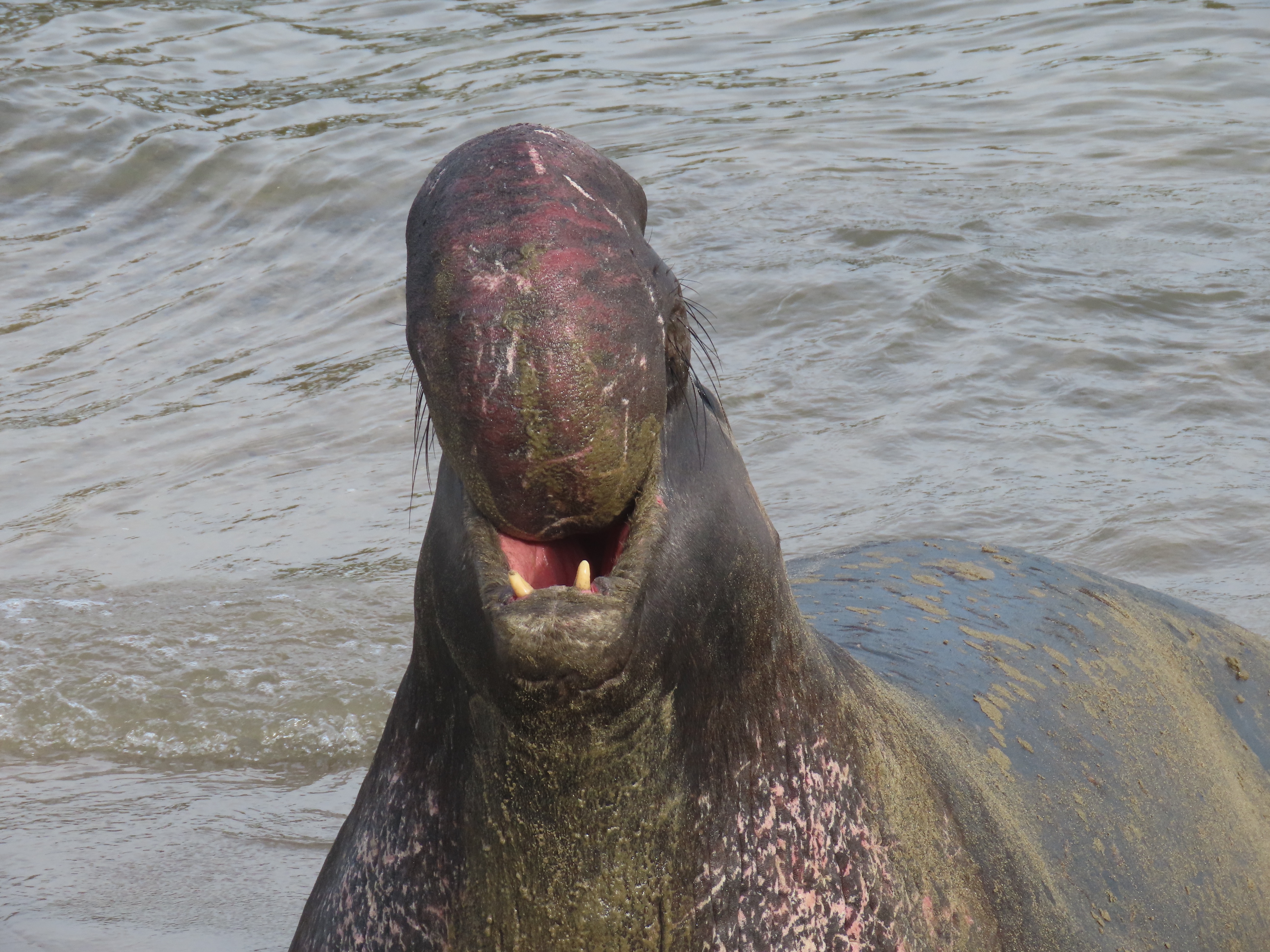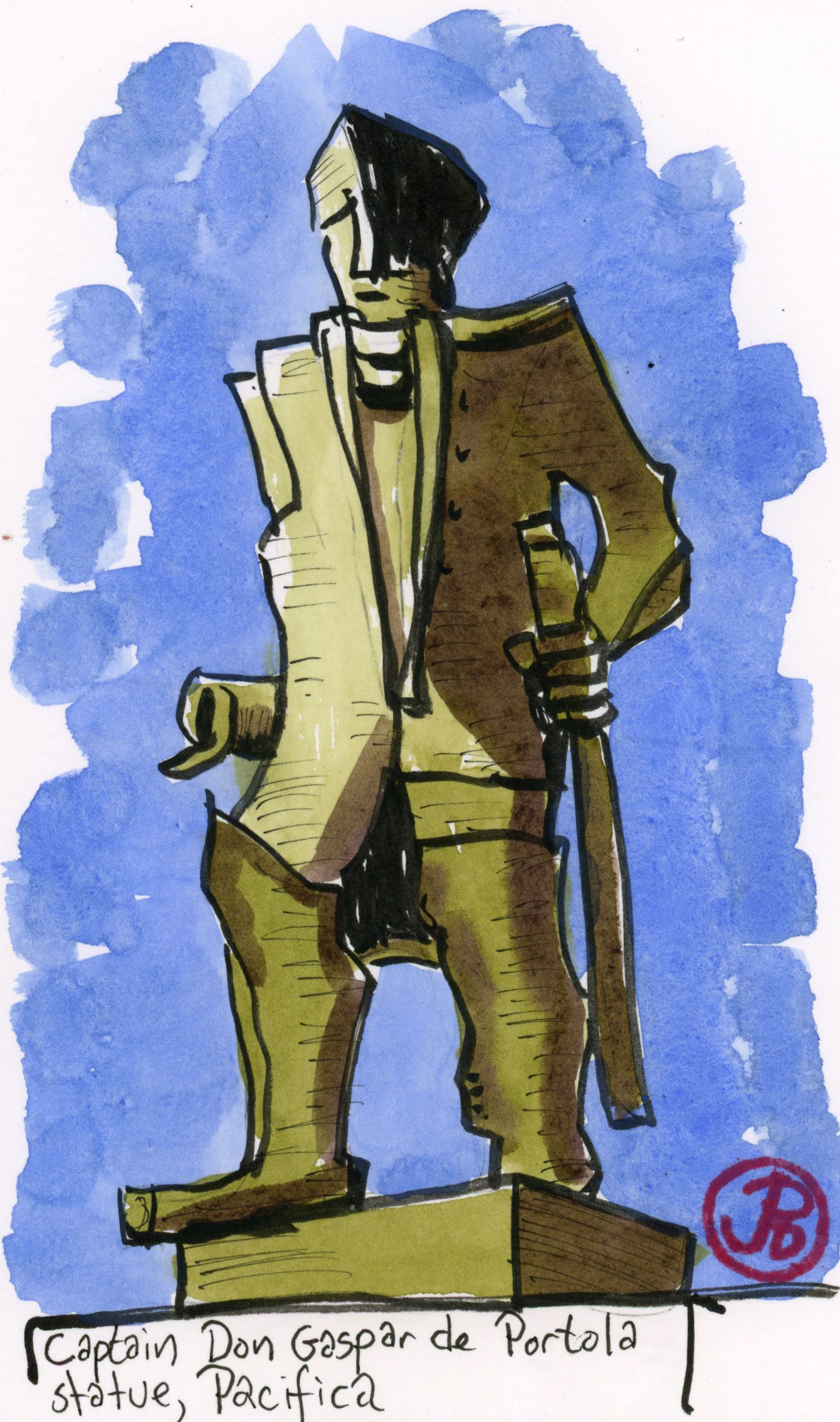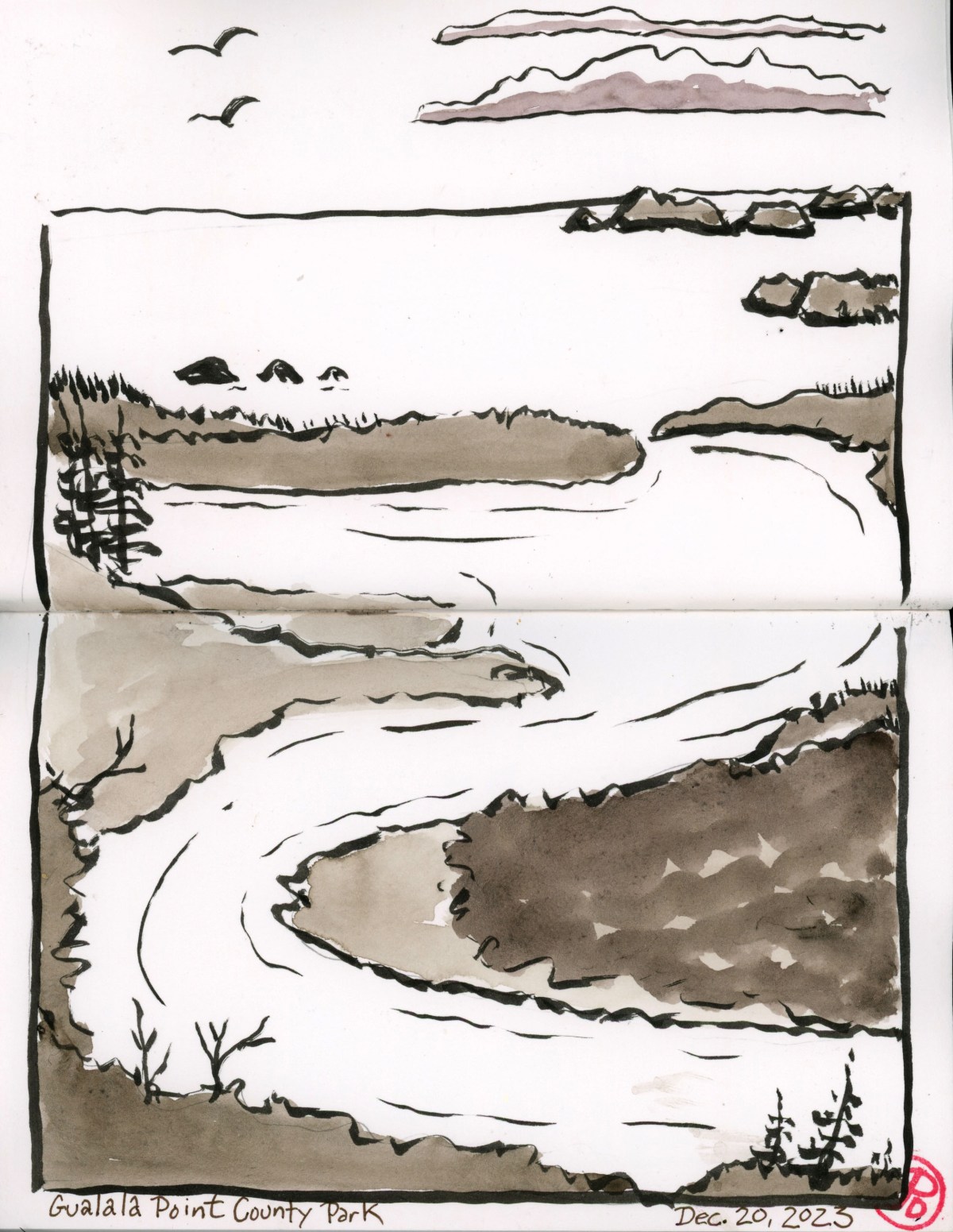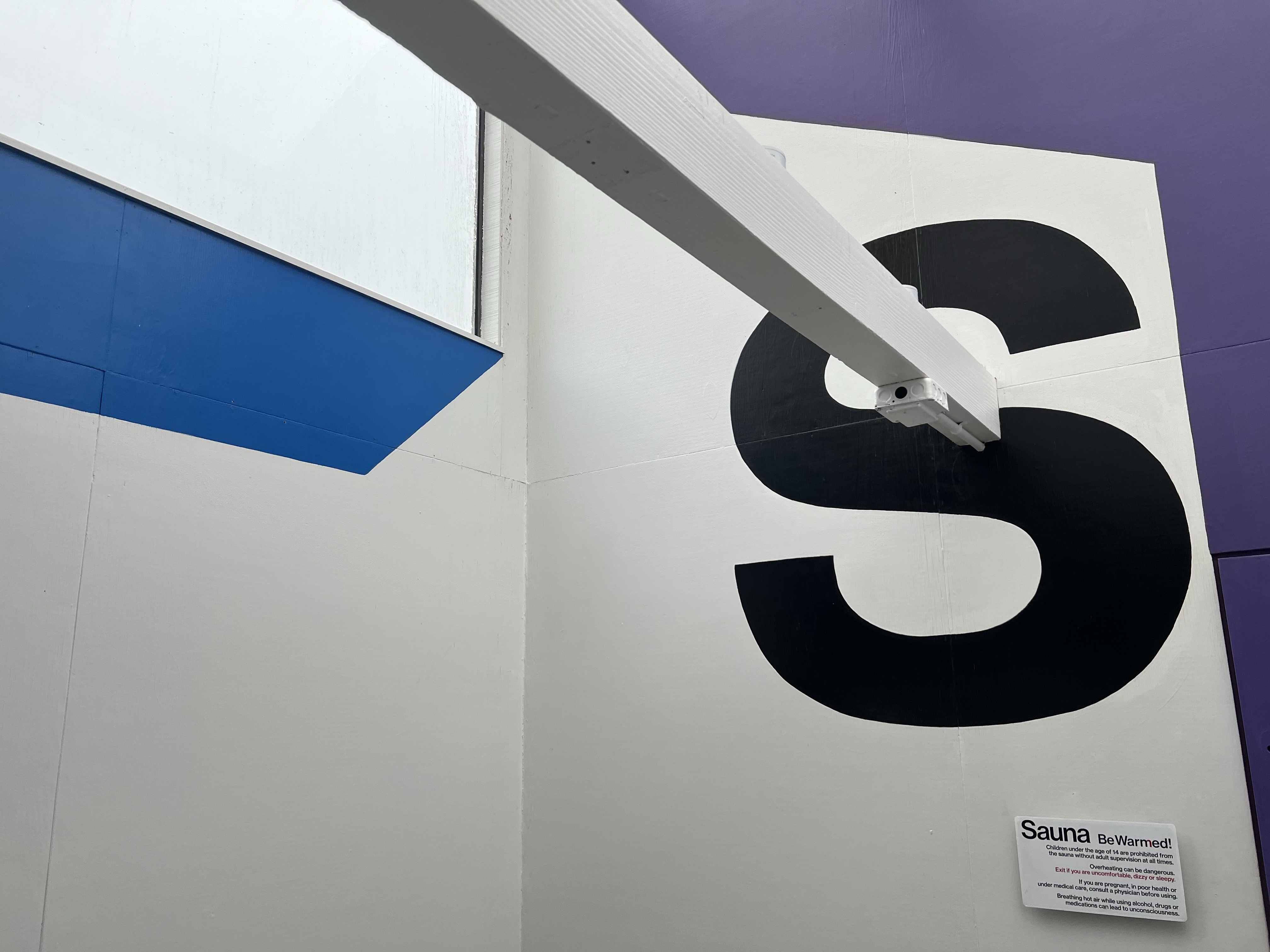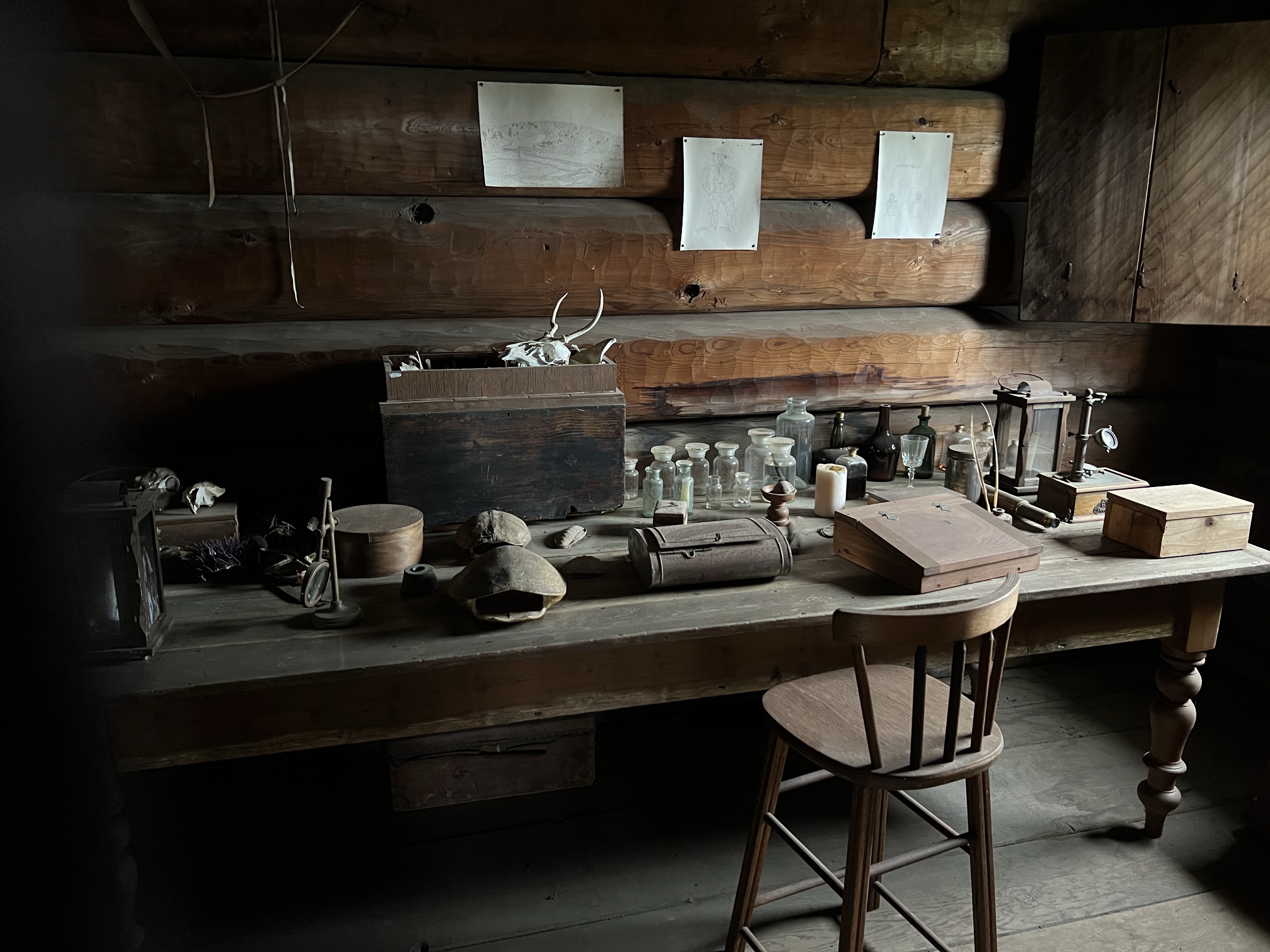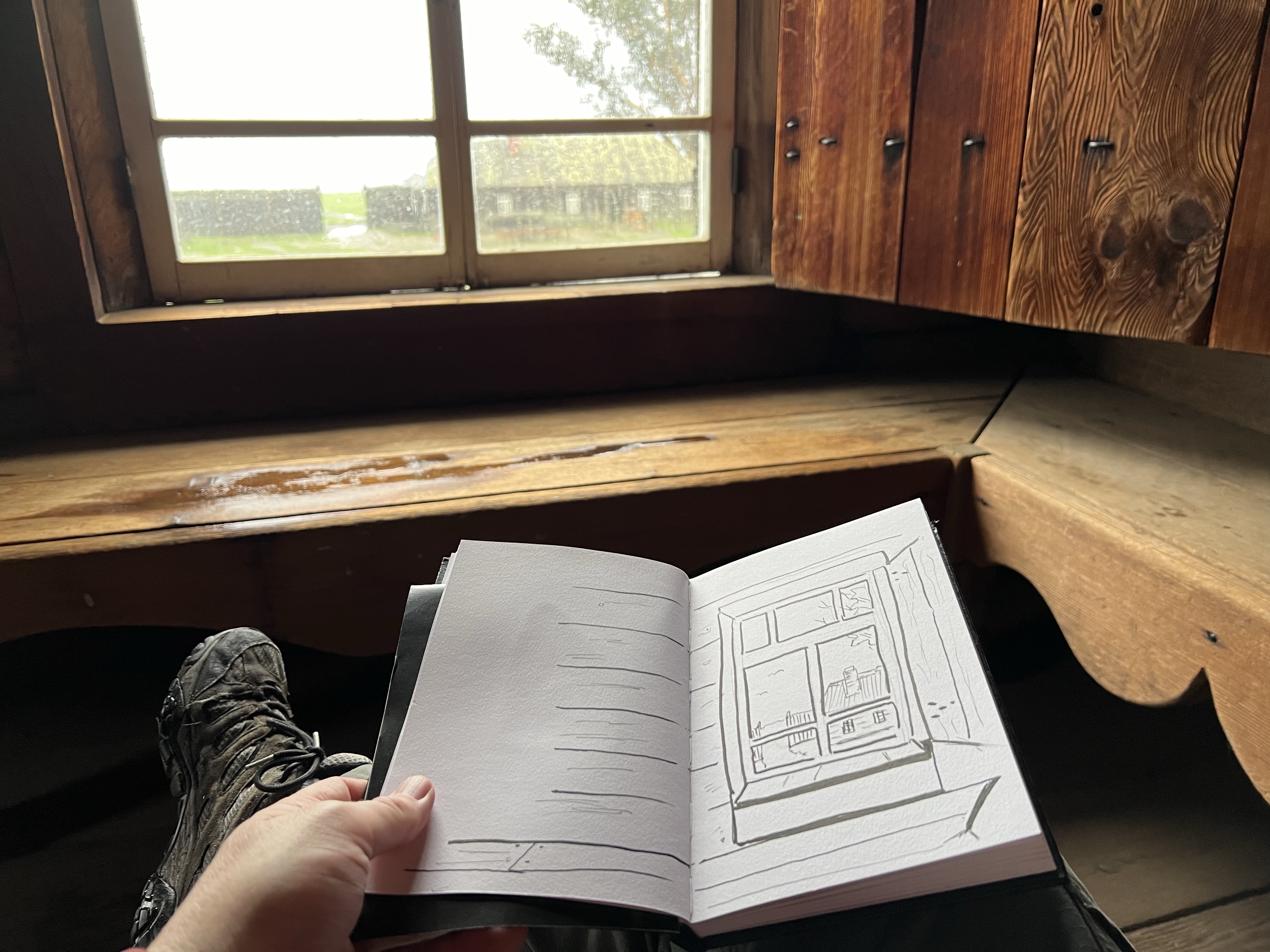The Rengstorff House was one of the first houses built in Mountain View.
What piqued my interest in the circa 1867 house was an article in a Palo Alto weekly newspaper that a fellow teacher gave me. The article told the story of the Rengstorff House and the link to the countries largest mass kidnapping. What?!
The house was built by businessman Henry Rengstorff, a German immigrant that came to California to strike it rich during the Gold Rush. He made his money my farming and buying up land. He died in 1906 and afterwards, members of his family lived in the house until 1959.

The land that the house was on, was sold to a land developer. In the mid 1970s, three young men had the dream of buying the house, (which had been abandoned and was now dilapidated) moving it to a new location, restoring it, and then living in it because they had always wanted to live in a historic mansion.
The young men were from the affluent communities of Portola Valley and Atherton and came from wealthy families.
So they hatched a plan to raise funds to buy the Rengstorff House.
On July 15, 1976 in the tiny farm town of Chowchilla, California three armed assailants hijacked a school bus containing 26 children who were returning from a swim party at the local community pool. The bus was hidden in a local slough and the bus driver and children were transferred to two vans and driven 100 miles away to a rock quarry in Livermore.
The children and driver were transferred to a truck trailer that was buried in the ground and the entrance was covered. The kidnappers left and planned to ransom their victims for $5 million. When they called the Chowchilla Police Station with their ransom note, they couldn’t get through because the station was flooded with calls by concerned parents.
The children and driver escaped and the son of the owner of the rock quarry became the number one suspect.
All three kidnappers were captured and later sentenced to life in prison. All three are now out of prison on parole.
They were not able to buy the Rengstorff House and it was later relocated to Shoreline Park in Mountain View and is now a museum.
In between rain showers, I headed down to Mountain View to sketch the historic house. When I arrived there was a turkey vulture perched on the front gable.
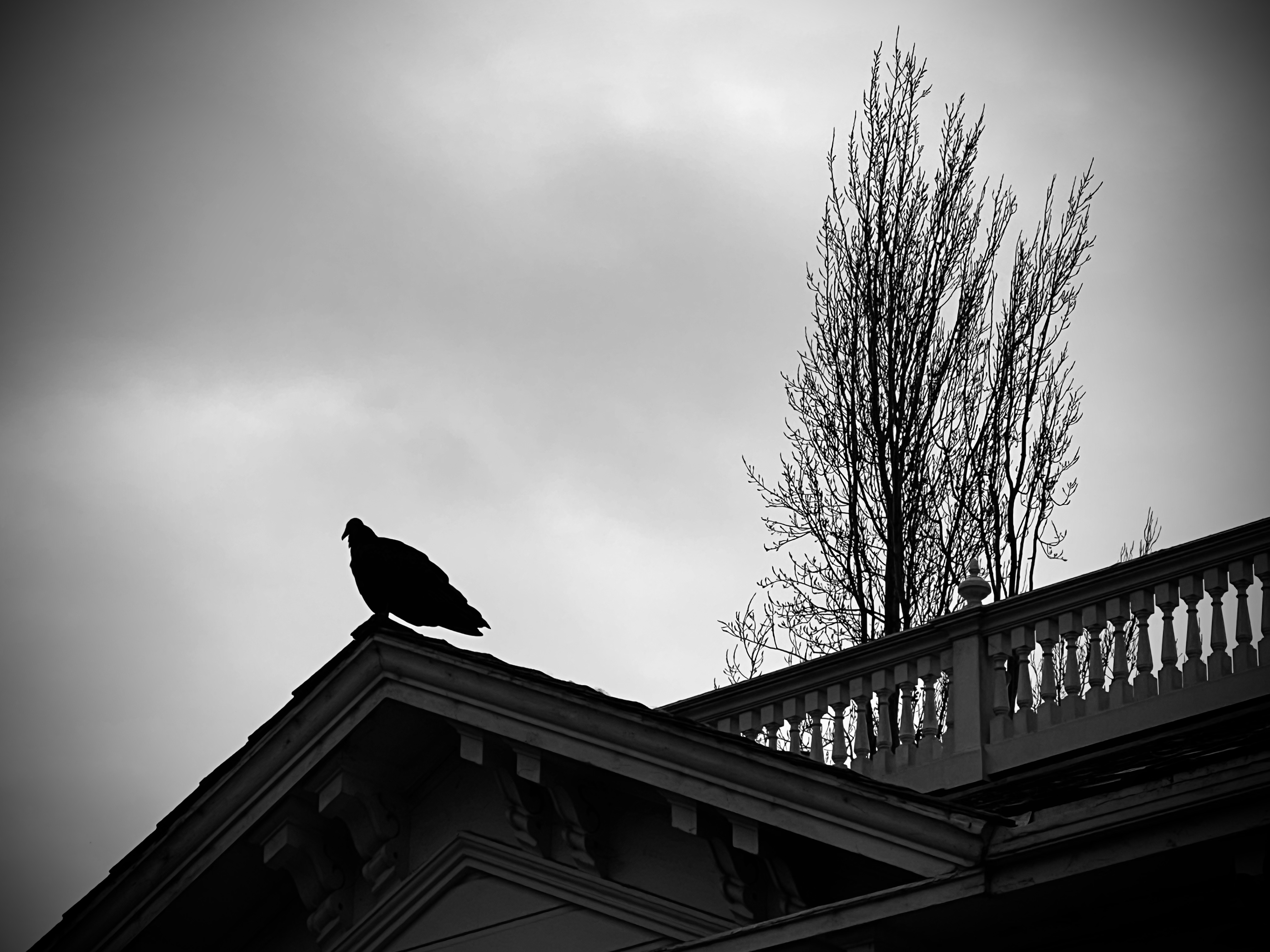
After my sketch I walked around to the side to see if I could get a tour of the interior. The house was just closing for a private event.
I mentioned the recent article to the docent. She told me there were inaccuracies in the article and the writer didn’t even interview any staff at the museum about the story. When I asked about the Chowchilla Kidnappings, she replied, “We don’t talk about that.”
No wonder the Palo Alto Weekly didn’t consult the museum.





